Last week I had the fantastic opportunity to judge three local authority parks that have been recommended for Green Flag award status.
My role, alongside fellow Green Flag judges, is to visit and inspect the park to see if it meets the standards set by the Awards.
Generally, the park will be judged by two accredited Green Flag judges. It will be examined on a desk assessment of how the park is managed, via its business plan and supporting documentation, along with a site visit, where we meet up members of staff and associated volunteer groups who may be involved in the park.

These standards are set against several headings, is the park a Welcoming Place?
This section recognises the culmination of everything done well. A welcoming place is one that invites and draws people into it. This means creating a space which, through its visual appearance, range of facilities, standards of maintenance and ease of access, makes people feel that they are in a cared-for place.
Is the park Healthy, Safe and Secure? This section looks at how well managers understand their users’ needs, encouraging them to enjoy healthy activities using appropriate, safe-to-use facilities and activities, and to feel personally safe and secure.
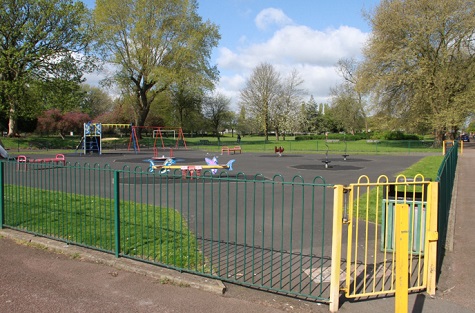
We also look at how Well Maintained and Clean the park is kept and discus any relevant maintenance issues and how the council deal with any particularly anti-social behaviour.
We then see how the council is dealing with any Environmental Management issues and what future plans they have for the park, this section seeks to ensure that the way the site is managed and has a positive impact on the environment, locally and globally, both now and for the future.
We also look at what polices the council have in place to reduce / eliminate the use of peat and chemicals to control pests and diseases.
We then look at the Biodiversity, Landscape and Heritage of the park and see what plans they have in place to protect , enhance and maintain the diverse wildlife, flora, landscape features; and buildings and structures they have in the park.
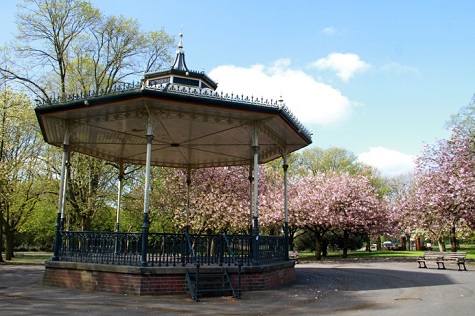
It is then important to quantify the Community Involvement within the park, what groups are involved in running and managing events or promoting activities within the park. We then look at the Marketing and Communication strategies the council implement to promote the park and finally we evaluate how well the management plan is implemented on site and see if they are meeting the targets they have set in there given Business/ management plans.
So yes, there is certainly a lot to consider when judging a park for Green Flag status. The scheme has been running for over 25 years and annually we are judging and awarding around 2000 Green Flag awards.

Continuing value of parks
I believe it is important that we have a national standard to gauge and measure the performance and quality of our public parks and open spaces. The pandemic has clearly raised the importance and the massive health benefits of what these parks provide for their local communities.
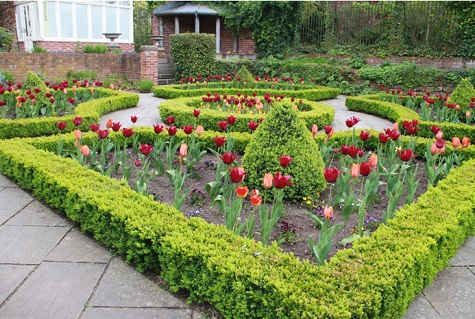
The continuing importance of parks as spaces for stress relief and relaxation during a national emergency highlights the relevance of what researchers have been telling us for many years. Parks matter because they enable us to stay healthy, to socialise, build community and to connect with nature.
The National Trust recently commissioned a study from consultants Vivid Economics and Barton Wilmore arguing that a £5.5 billion capital investment in new and refurbished parks, focusing on the most disadvantaged areas, could generate physical and mental health benefits worth £200 billion over 30 years.

Research for the National Lottery Heritage Fund and National Lottery Community Fund supports this case for capital investment, but stresses that investment in places needs to be accompanied by investment in people to succeed.
This subject of increasing investment in parks was a theme we spoke about during my Green Flag visits to East Park, Bantock Park and Brampton Park. As a ex-parks professional, I know only too well the problems councils have been facing for many years in terms of underfunding and loss of services.
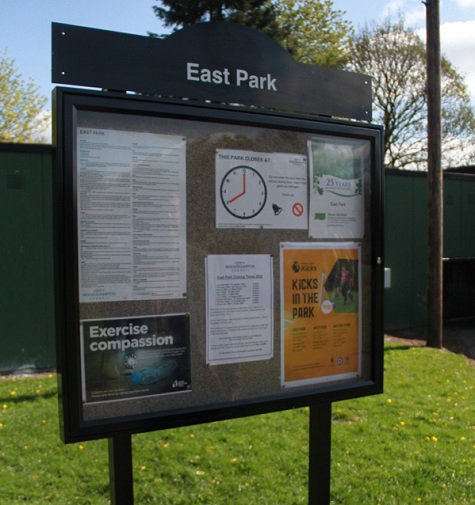
Ever since the introduction of CCT - Compulsive Competitive Tendering - back in 1988 we have seen a plethora of ever-changing management and maintenance strategies being implemented by councils to appease the requirement to be more efficient and cost effective. I have to say this is not a bad thing, however in most cases it brought a whole new way of working with many councils going out to tender and awarding their work to private companies - of which some have worked quite well, while other have floundered.
The real problem throughout this process has been the dumbing down of the services that many parks used to provide, and the loss of staff working in these parks. I remember back in the late 1970s early 80s prior to CCT in Cannon Hill Park in Birmingham, we had in excess of fifty permeant members of staff in the park. Now you’d be lucky to find five, with the work done by visiting teams of people.
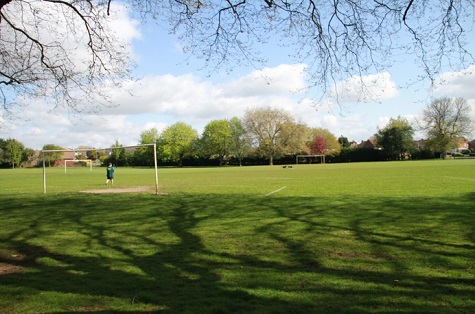
Work practices have dramatically changed and yes, we may be more efficient, however it has come at a cost in terms of the loss of some relevant skills and horticulture experience that we once had in our parks.
In recent years we have seen several councils returning to managing and being in control of the maintenance and management of their parks and open spaces. And more and more parks are now starting to see the potential of bringing back traditional horticultural practices into their parks.
Many local authorities now can seek relevant grants, loans and funding from the National Lottery Heritage Fund who are the largest dedicated grant funder of the UK’s heritage.
They distribute National Lottery grants from £3,000 to £5million and over, funding projects that sustain and transform the UK's heritage. Since 1994, the National Lottery has raised more than £43billion for good causes. Of this, they have distributed over £8.3bn to more than 49,000 heritage projects of which over £1.8billion was awarded to more than 4,200 land, nature and biodiversity projects across the UK.
Investment required
However, for me there is a need for government to invest more time, money and resources into these vital assets. As they are not a statutory service, many parks’ departments struggle to find the appropriate funding and resources to take these parks back to a level where they should be.
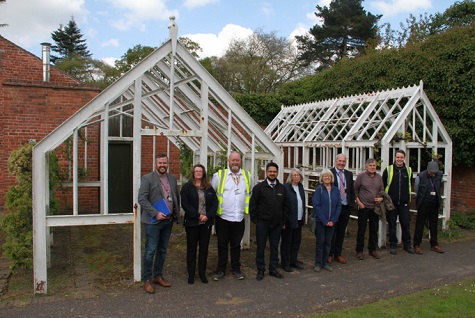
How do you put a price on a large mature public park that has been a part of the community for well over 100 years? Can you imagine what it would be like if it was not there? These parks have so many benefits.
In urban areas, community parks may be one of the only options for residents to enjoy nature and be active. In addition to the variety of amenities, community playgrounds and parks are beneficial in many other ways:
- Contribute to community identity
- Provide active and passive recreational opportunities
- Appeal to all ages
- Contribute to the health and wellness of a community
- Create valuable green space
- Provide wildlife corridors
- Reduce carbon emissions
For me they are a priceless asset and the amount of money required to maintain them is insignificant to the real value of what these facilities bring to the community - along with the benefits to wildlife and the influence they have on the environment.
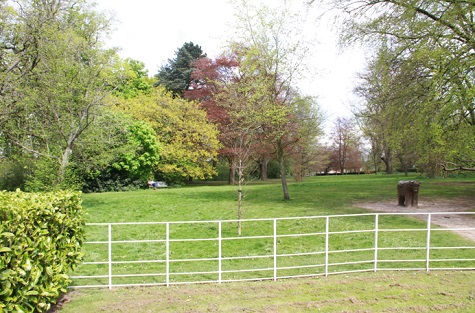
Another worry for me is the fact we are losing a lot of mature parks professionals who, like me, are at retirement age or near to it, or indeed have fallen out of love with the job due to the pressures placed upon them and how the job has changed. We also have a recruitment problem that needs to be addressed.
I am a member of the newly formed Parks Management Association, headed up by Paul Rabbits. The role of the association is to provide support and help to those representing professionals working in public parks and green spaces.
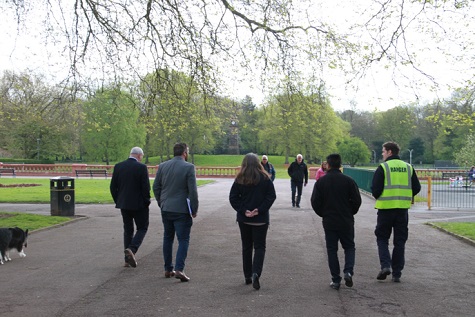
The aim of the Association is partly to lobby for the need for good-quality public parks. This case has been made incessantly over the last twenty-five years and continues to be made. It has however, been set up to give a voice to parks professionals, those who know more about these places than anyone.
We know how vital parks are across our communities, and especially in poorer communities. These are not pay-per-entry leisure facilities or stately homes; free access to good quality parks and open spaces is as fundamental to physical and mental health as free access to health care. We are often called ‘The Natural Health Service’.